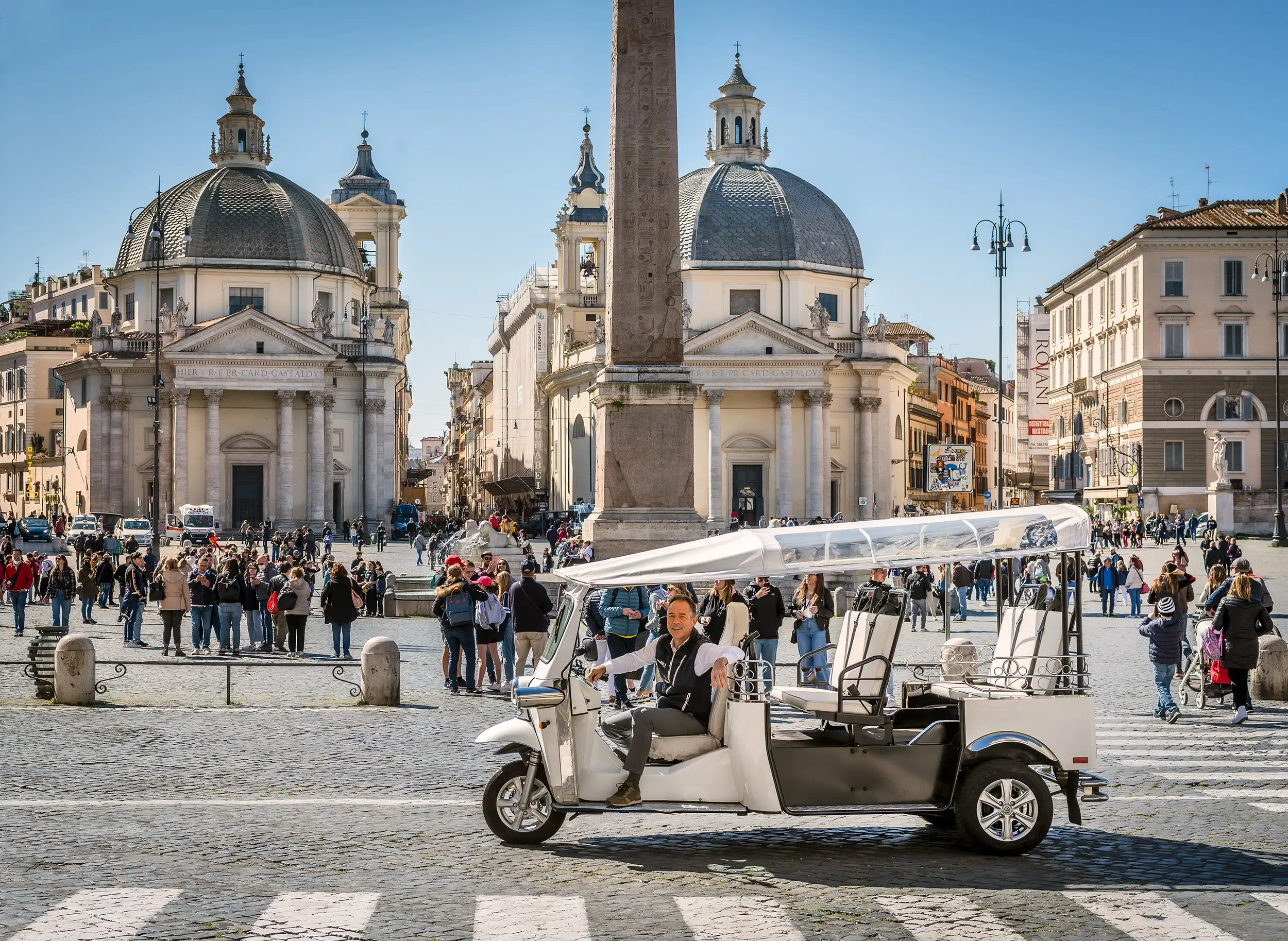Italy is the land of good food. Here, every meal is more than just eating—it is culture, tradition, and pleasure. After a generous lunch or dinner, the coffee arrives; it ends the meal with its bold aroma. Then comes the tradition of the ammazzacaffè. This Italian custom involves sipping a bitter, liqueur, or spirit; this ritual helps digestion. Moreover, it extends the joy of staying at the table. But what does “ammazzacaffè” mean? And where did this tradition begin? Let’s explore the origins of the tradition of the ammazzacaffè.
The origins of the tradition of the ammazzacaffè
The tradition of the ammazzacaffè at the end of a meal started long before coffee arrived in Europe. In fact, Catherine de’ Medici, wife of King Henry II of France, brought the first Italian liqueurs to Paris in 1523. Consequently, this practice spread among nobles and aristocrats. It quickly became popular with men: after dinner, they would move to another room. There, they smoked cigars and sipped liqueurs. Over time, the tradition of the ammazzacaffè evolved. It grew from this aristocratic habit. Today, it is a popular ritual that involves everyone, regardless of age or class.
Bitters, liqueurs and spirits: which ammazzacaffè to choose?
The tradition of the ammazzacaffè includes many alcoholic drinks. Each type has unique traits; these differences suit various tastes and occasions. When choosing the right “ammazzacaffè,” it is important to know the differences between bitters, liqueurs, and spirits. These terms often confuse people. However, they refer to distinct products; in fact, each has its ingredients, production methods, and flavors. Here is a simple guide to help you pick the perfect one to end your Italian meal.
Bitters: for a bitter finish
Bitters have a strong, bitter taste. They come from herbs, roots, barks, spices, and alcohol-infused citrus. Bitters started as medicinal tonics and digestive aids. People still drink them after meals for their benefits. The alcohol content varies between 16% and 40%. Fernet, Amaro Lucano, and Cynar are popular bitters. Each offers a unique blend.
Liqueurs: sweet and aromatic
Liqueurs are different from bitters. They come from infusing or distilling fruits, herbs, flowers, or spices. Then, sugar or syrup is added. Unlike bitters, liqueurs taste sweet and smooth. This makes them ideal for those who prefer less bitter flavors. Famous Italian liqueurs include Limoncello, Nocino and Amaretto. They are great with desserts, but you can also enjoy them on their own as light digestives.
Spirits: pure and strong
Spirits come from distillation. This process separates alcohol from water and other elements. As a result, spirits have a high alcohol content. It usually ranges between 40% and 60%. Unlike bitters and liqueurs, spirits have no added sugar. They taste intense and “dry.” Grappa, mainly produced in Northern Italy, stands out among Italian spirits. It can be aged for softer notes. When enjoyed young, it has a stronger taste.

Choosing the right ammazzacaffè
Knowing the differences between bitters, liqueurs and spirits helps you choose the best “ammazzacaffè.” For a bold, bitter end to your meal, choose a bitter. For a sweeter, more aromatic flavor, go for a liqueur. If you want a strong experience, opt for a spirit. Once you decide, you are ready to explore the best Italian “ammazzacaffè” during your time in Italy.
The best Italian ammazzacaffè to try
The tradition of the ammazzacaffè offers many options across Italy. In fact, each region showcases unique drinks; that reflect local flavors and traditions.
Here are the best Italian “ammazzacaffè” to try. They are perfect for ending a meal with a genuine Italian touch:
Limoncello di Sorrento: a refreshing italian liqueur
From the stunning Amalfi Coast, Limoncello is undoubtedly one of Italy’s most famous liqueurs. Made with Sorrento lemons (PGI), this bright yellow drink not only tastes sweet but also refreshing. It’s especially perfect after a fish or Mediterranean meal. When served cold, it cuts the coffee taste with a burst of citrus, leaving a pleasant, zesty finish.
Amaro Lucano: a classic italian bitter
Born in Pisticci, Basilicata, in 1894, Amaro Lucano represents a classic Italian bitter. It uses a secret mix of over 30 herbs, which creates its unique character. The flavor is not just complex but also has herbal, spicy, and citrus notes. As a result, this bitter is a top choice as a digestive, especially after a heavy meal.
Mirto di Sardegna: the wild taste of sardinian nature
Mirto is a true symbol of Sardinia, capturing the island’s essence in every sip. Made from wild myrtle berries, it offers a sweet and aromatic taste. It is ideal for those who love strong, wild flavors. Moreover, when served cold, Mirto perfectly finishes a meat or game meal, leaving a lasting and memorable aftertaste.
Grappa del Trentino: Italy’s ancient spirit with a bold flavor
Grappa is one of Italy’s oldest spirits, boasting a deep-rooted tradition. Trentino’s version, in particular, is known for its high quality and strong flavor. Made from grape pomace, Grappa can be either aged or young. It pairs well with coffee, creating a warm, intriguing contrast that enhances the end of any meal.
Amaretto di Saronno: a sweet almond liqueur from Lombardy
From Lombardy, Amaretto di Saronno stands out as a beloved Italian liqueur. Made with sweet and bitter almonds, vanilla, and spices, it has a sweet yet slightly bitter taste. This combination pleases those who enjoy delicate but persistent flavors. Amaretto pairs well with desserts or, alternatively, can be savored on its own as a refined end to a meal.
Nocino dell’Emilia-Romagna: a walnut-based digestive
Nocino, made from green walnuts, comes from the Emilia-Romagna region. Its flavor is intense, with hints of spices, vanilla and caramel. Many appreciate it for its digestive qualities. Therefore, it serves as a perfect conclusion to a hearty meal, adding a warm, spiced note to the palate.
Fernet-Branca: the Italian bitter with global fame
Fernet-Branca, created in Milan in 1845, has earned its status as a world-renowned Italian bitter. Made with a blend of 27 herbs and spices, its strong, bitter flavor makes it an excellent digestive. It is especially perfect after heavy meals. For an added touch, try it with an ice cube to balance its intensity.
Concluding the meal with the tradition of the ammazzacaffè
Therefore, the tradition of the ammazzacaffè allows you to fully explore Italian culture. You can enjoy distinct flavors and aromas that reveal the stories of Italy’s regions and heritage. Whether you favor the sweet notes of Limoncello or the bold taste of Fernet-Branca, there is an “ammazzacaffè” to suit every preference. In conclusion, while traveling through Italy, make sure to indulge in this simple yet delightful ritual. It will turn every meal into a truly memorable experience!
(fonte immagine: Freepik)
Related post




